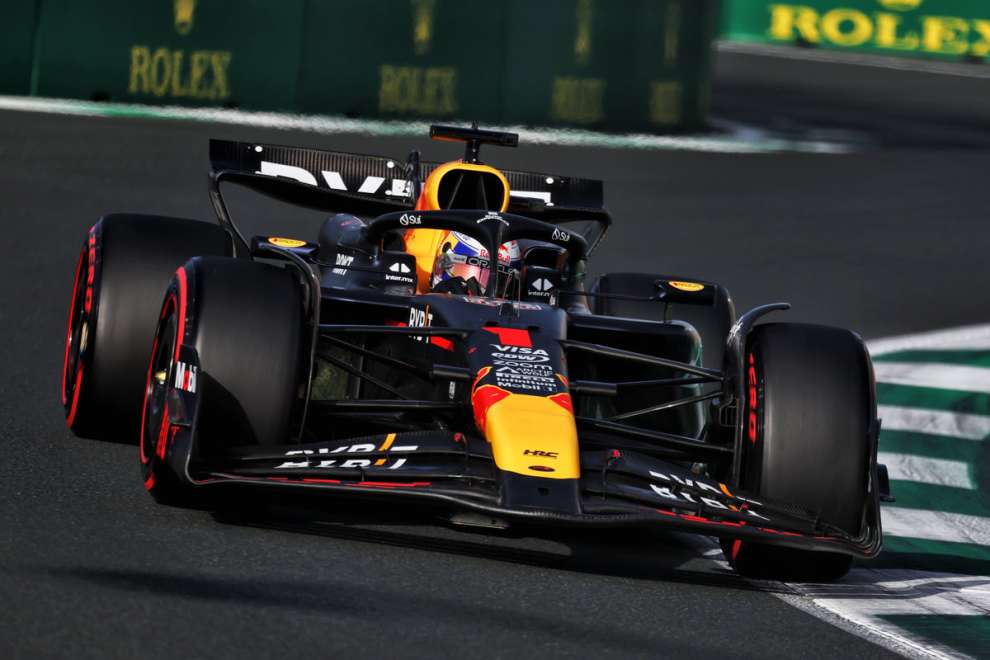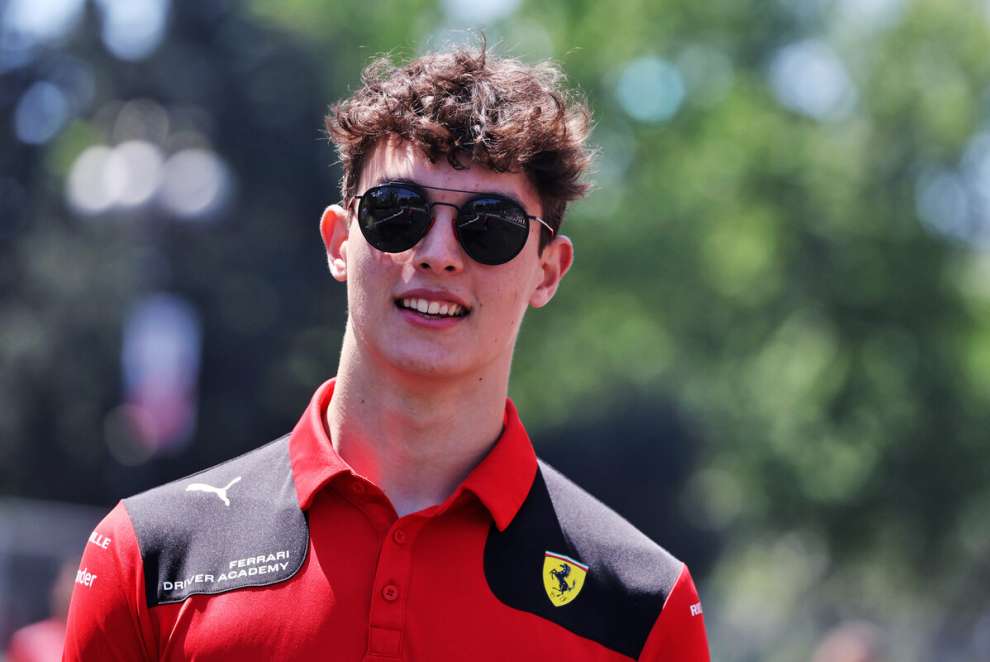At 6pm Italian time the traffic lights will go out in Jeddah, starting a race that promises to be one-stop. The choice of tire at the start will therefore be crucial, on which the possibility of gaining positions in the standing start and extending the first stint will depend, awaiting a possible entry of the Safety Car. Simone Berra, Chief Engineer of Pirelli, illustrates the possible strategies for the Grand Prix.
What are the limiting factors in Jeddah? What strategies do you foresee?
“In recent days we have encountered some graining, especially on medium and soft, especially the latter. Graining management will be the key, it will determine the race pace, the possibility of pushing, staying close to those in front and attempting to overtake. The hard one, on the other hand, has proven to be mechanically more resistant, without any particular graining. It's a very consistent tire for Jeddah, we saw it both in FP2 and FP1, even without a particularly rubbery track yet.”
“We expect that most of the riders will start on the medium tyre, which is a good compromise between grip at the start and good consistency in the first part of the race, and then move on to the hard. We expect this to happen between the 18th and 25th laps. In Jeddah the exact moment depends a lot on the entry of the Safety Car. This has already determined strategies in the past. If he were to leave early, many will stop early, or delay it if the Safety Car has not already intervened. The hard tire allows you to do a very long stint, even 30-35 laps as seen in previous years.”
“Another option is to start with the soft tire and bring forward the first stop to the 14th-20th lap. In reality, the soft guarantees less consistency than the medium and has proven to have more graining. For some teams it is difficult to manage, while for others it has proved to be a good mix, with a fairly constant pace. Ferrari and Haas can be cited as examples, while McLaren and others struggled a little more. Ferrari could therefore take a gamble with Leclerc, fitting the soft to have extra grip at the start and attempt to overtake. Leclerc has four sets of used softs, while Alonso has a new set. However, I don't expect Aston Martin to go for the soft: having struggled a lot with graining, I think they will go for the medium.”
In the event of a Safety Car on the second lap, is stopping immediately and then going to the end on hard tires a possibility?
“On paper yes, but I think it's a bit early, because then you would have to manage the tire for many laps. Personally I wouldn't do a tire change immediately on the second lap. However, in the case of a Safety Car between the 10th and 15th lap, things would become much more interesting and advantageous. The hard tire is consistent, but if you do 50 laps on it you risk having to defend yourself in the last 10-15 passes from those who come back up. As regards the two-stop strategy, however, we do not consider it feasible, as it is 10-15 seconds slower on paper. It would become a possibility in the event of a Safety Car, alternating soft-medium-soft. In the case of a normal race, however, we expect a single stop.”
Is delaying the stop to get back to the front a possibility?
“Last year we saw that the overcut worked, as in the case of the two Ferraris on Stroll. Hard rubber requires a lot of energy to get up to temperature. Furthermore, since the degradation on medium in the first stint of the race is not particularly high, I expect that the overcut can be rewarding, given that we also switch to the hard, which takes longer to warm up.”

Precisely on the subject of warming up, both in Bahrain and Jeddah Ferrari struggled in the first sector in qualifying, then kept the tires alive and was very consistent at the end of the lap. Could it be related to the heating of the rubber?
“In our opinion it doesn't depend on this. Jeddah is a very different circuit from Bahrain also from the asphalt point of view. With this track design and this asphalt, we noticed that exploiting the potential of the softer compound is very difficult. You have to hit the right window of use. We don't tie it so much to heating, but rather to having both axes perfectly balanced in terms of temperatures. It's really a question of extracting the peak of grip. The soft has an important peak, but in a very narrow range. During qualifying we saw that using used tire is easier because it is already stabilised. It seems that after having undergone a thermal cycle, the tire gives more confidence because it is able to work on a wider range of temperatures”.
“In Q3 Leclerc made an attempt preceded by two preparation laps, but then he wasn't particularly fast. This is a further indication that this is not a heating problem. The tire was ready, it was up to temperature, but having this very tight grip, Leclerc was unable to stabilize its performance. Subsequently he carried out only one preparation lap and, although the temperatures were not in the optimal window for use, he actually managed to go faster. This is a clear indication that it was not a problem of temperature setting, but rather of the grip itself of the tire. It is a very complicated practice and also linked to the characteristics of the asphalt.”

“The ones in Bahrain were very wrinkled and tended to emphasize the hysteresis and mechanical grip characteristics. In Jeddah, however, the adhesive grip characteristics are emphasised, being a smoother road surface, which reaches a very high level. The difference here is how to extract the most from a soft tire that already has a lot of adhesive grip, on an asphalt that gives the same. Using the optimal grip peak as soon as the new tire can make the difference. We have seen many riders who have improved with used tyres: when the tire stabilizes and you are able to exploit it in a wider temperature range, you have more performance. Here the stability of the car and the confidence in the vehicle are really important, not seeing the exit in many corners.”
Today's racing debut for Bearman. What will be the biggest shock for him compared to Formula 2?
“Definitely the length of the race. He will have to do longer stints, where tire management will be much more important than in Formula 2, a category where the kids already learn to manage the tyres. For his part, he already has this wealth of experience. However, having only done one free practice session, it was complicated for him to understand how much to push and how much to manage in the first stint. The advantage for him is that in the second stint on hard tyre, as there is less degradation than in other races, he will be able to push more. Apart from this, the difficulty will be to maintain concentration and push for an hour and a half.”

Why did you raise the front tire pressures this weekend?
“We noticed that compared to the simulations passed to us by the teams three weeks ago, there was an increase in load, especially at the front and with the DRS open, of between 8 and 10%. As a result, we went into standing wave conditions, where the integrity of the rubber is at risk. Having no margin, we raised the front pressure by 1 psi.”
#Arabia #Pirelli #strategies #Ferrari #gamble #start